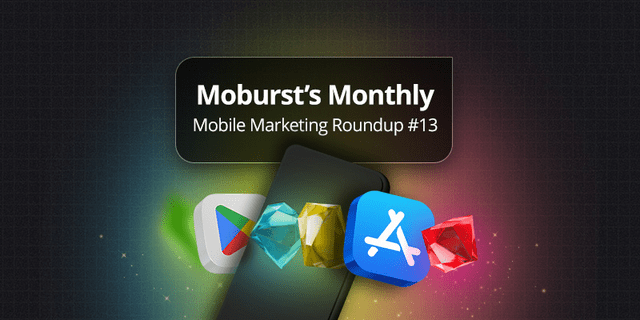
As both Apple’s App Store and the Google Play Store have grown, it has become increasingly important to stand out, and ensure you are doing everything within your power to maximize your opportunities when it comes to these stores. A huge element of this is testing. Testing is what ensures that you’re constantly improving. It’s a very tangible and methodical way of going about this, and it’s key to increasing results.
A Note On Testing In General
There are a number of ways to go about testing, some of which are better than others. We’d like to encourage you to take an informed, data-driven approach to testing. For example, let’s say you have a ride-hailing app. A bad test would be to say, “let’s change the first screenshot and see what happens”. Compare this to an effective test. To begin with, you will gather data; what has user feedback been like? What changes have you made in the past, and what was their impact? You would then test an informed assumption: “A screenshot showing our app’s dashboard is likely to convert better than one showing happy users”. A good test should be run for at least 7 days (you’d want to see the impact of weekends, for example), and all data should be measured and carefully considered. Testing should be done in consistent environments, so avoid a test during times where results are likely to be skewed (for example testing a soccer app during the World Cup). It’s also super important not to play with the creatives or try and optimize for lower cost installs during the test, as tempting as this may be. Changing these will add additional factors to the test, which will in turn result in compromised data and often the incorrect conclusions.
Strategies
Almost every single part of your App Store presence can be tested and improved upon. Below we’ve highlighted some key areas to look at first when it comes to the ultimate App Store testing strategy.
- Keywords
While keywords pack the least amount of ASO “power” (when compared to factors such as title and subtitle on iOS, or title and short description on Android), they are definitely an area in which ASO performance can be lifted for iOS (there are no keywords for Android). And when it comes to testing keywords, not only should individual keywords be tested, but also the interplay between keywords and images. Important questions to ask at this stage when testing your keyword strategy:
- Should we use our competitors’ names?
- Should we focus on broader words or very narrow words for specific niches ?
- Should we use more provocative words? (remember that unlike other areas of ASO, keywords aren’t seen by users)
- App Title & Subtitle
Here again, the app name and description don’t live in isolation. They have to be an integral part of the keyword and creative strategy. The big question is: whether to go for the most competitive terms with the most traffic, or whether to go for long-tail keywords that will get you ranked easier for these niches.
- Icon
The app icon is extra critical because depending on how a user got to your app, it might be the only creative they see before deciding to go ahead and explore further. Testing here should include:
- Colors
- Images vs sketches vs logos
- On Google Play – should the background be round or in another shape
- Design (e.g. “flat” vs 3D)
- Creatives
It’s interesting to note that even the biggest apps in the world are changing and testing their creative assets around four to five times every month. When it comes to testing your creatives, it includes everything from:
- Images vs video
- Aspect ratios (resolutions and sizes like iPhone 5.5” vs iPhone X sizes)
- Which aspect of the app to show first (order of the unique selling propositions)
- Design style and colors
- Captions and call to actions on top of the screenshots
- Layout (portrait vs landscape)
- Look and feel (think “busy” versus “minimalist”)
- Screenshots, specifically individual screenshots or composite images
Testing For Success
Where testing really becomes effective, is when it is done continuously. By making continuous testing part of your ASO strategy’s DNA, you are sure to see results. For more App Store testing strategies, and for improving your app’s performance in general, get in touch with us. We’re the experts trusted by global brands to deliver the highest performance for their mobile apps, and we’d love to help you too.








